Results 1 to 10 of 16
Thread: The Desert Bighorn
-
11-12-2015, 07:40 PM #1
 The Desert Bighorn
The Desert Bighorn
Since I live in the deserts of the southwest and this thing has BIG horn scales, the name Desert Bighorn just seemed to fit.
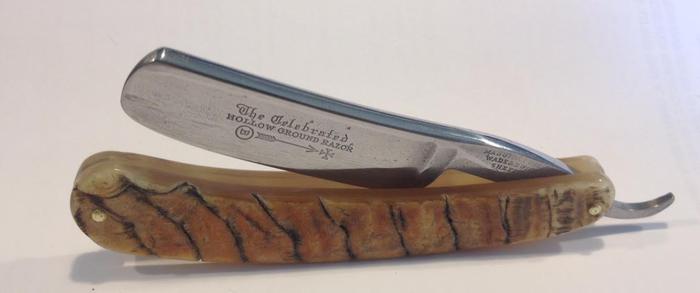
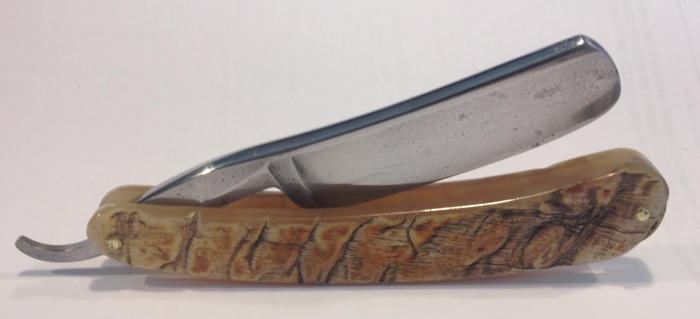
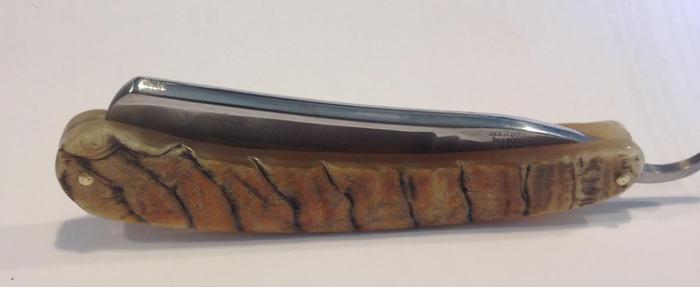
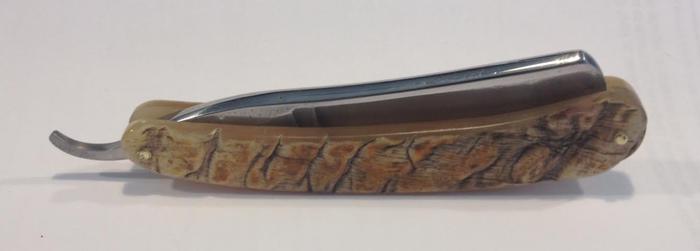
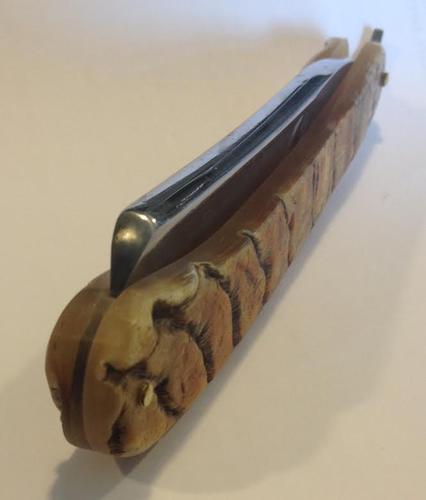
I think it turned out pretty good for my very first time trying to restore an old razor. The blade centers and believe it or not it's pretty well balanced for its size. I wanted to leave a little character on the blade so I didn't mirror polish it. I wanted something a little more rustic but nice. I think I accomplished that goal.
The image below is what I started out with."The production of to many usefull things results in too many useless people."
Karl Marx
-
11-12-2015, 09:18 PM #2Senior Member


- Join Date
- Jan 2011
- Location
- Roseville,Kali
- Posts
- 10,432
Thanked: 2027
Love the horn,scales are mighty thick tho.
CAUTION
Dangerous within 1 Mile
-
11-12-2015, 09:19 PM #3

The scales sure are thick!
Nice texture on them.
Ed
-
11-12-2015, 09:23 PM #4Senior Member



- Join Date
- Dec 2013
- Location
- Virginia
- Posts
- 1,516
Thanked: 237
I was so close to buying a set of that same material, and I regret not following through. For a first set, looks great. Next time try to thin the material more. I've gone through a dozen or so sets, and I always make them thinner each time, but find when I'm done, I should have went thinner. Looks good.
-
11-12-2015, 09:49 PM #5

I think that's a good first attempt and you chose a really difficult piece of horn to start with. One of the problems is that the grain runs pretty deep at the wedge end, therefore you can't take off too uch from the inside of the scales. That;s when you have to decide on the balancing act of loosing some of the texture off the outside.
I think the scales are thick enough for you to have taken some more off the inside but then shaped the outsides as well.
When I made some scales from antler, I had the same problem - do I give up the texture on the outside so that the overall thickness looks right?My service is good, fast and cheap. Select any two and discount the third.
-
11-12-2015, 10:14 PM #6

Suticat, you went for a beautiful material for scales.
For anyone who has not seen this material here are a couple of quick looks on knives: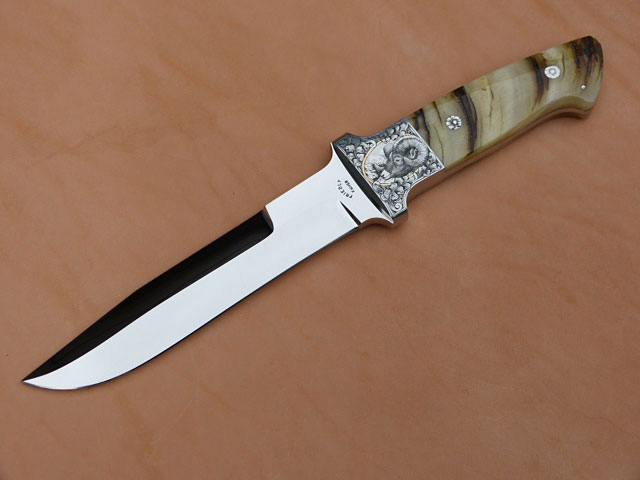
 "Call me Ishmael"
"Call me Ishmael"
CUTS LANE WOOL HAIR LIKE A Saus-AGE!
-
11-12-2015, 10:23 PM #7

Each slab is only 3/16 thick, only 1/16 larger then the standard 1/8 used. The original set was 1/4 inch thick. I saw on here where someone made a quick jig for using a hand sander. So I found these two pieces of metal and used them as my guide. I sanded them as thick as these which was 3/16. I angled them in a V shape so the horn could slide down and provide me with a back stop to help wedge them in while I was sanding. This gave me enough material on the back side to give it some support under the growth lines.
I was afraid to go to thin out fear of them snapping on me in the future.
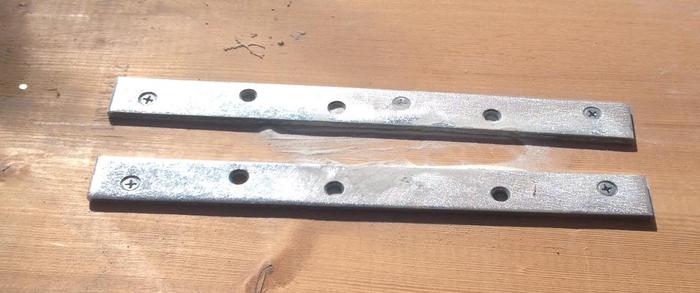
Last edited by Suticat; 11-12-2015 at 10:52 PM.
"The production of to many usefull things results in too many useless people."
Karl Marx
-
11-12-2015, 10:30 PM #8
-
11-12-2015, 10:34 PM #9

Nice but they are thick. I know nothing about making scales, so maybe they had to be thick.
In the early 1960s I almost bought a Bob Loveless fighting knife with bighorn scales. A beautiful thing that is worth a king's ransom by now. Be careful how you treat people on your way up, you may meet them again on your way back down.
Be careful how you treat people on your way up, you may meet them again on your way back down.
-
11-12-2015, 10:34 PM #10

On the side that has the deepest growth lines, I glued the wedge to that side for additional support. Its not glued to the other side so if I have to unpin it I can take it completely apart.
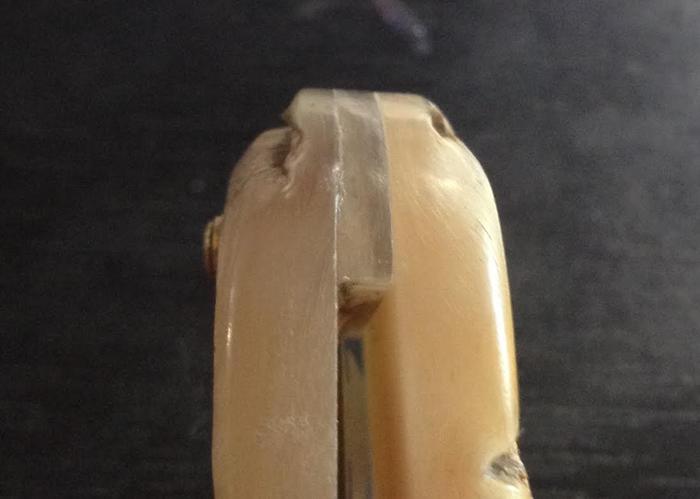
Any further sanding would have had to be done on the textured side and thats what I wanted to keep.Last edited by Suticat; 11-12-2015 at 11:00 PM.
"The production of to many usefull things results in too many useless people."
Karl Marx


 29Likes
29Likes LinkBack URL
LinkBack URL About LinkBacks
About LinkBacks






 Reply With Quote
Reply With Quote




